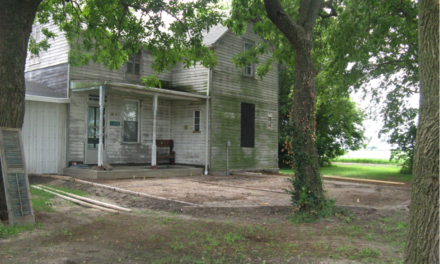 It’s time to turn the clocks back an hour and gain an hour of sleep. Daylight Saving Time is November 5th. This day also serves a s reminder to check your smoke alarm and change the batteries when you change your clocks.
It’s time to turn the clocks back an hour and gain an hour of sleep. Daylight Saving Time is November 5th. This day also serves a s reminder to check your smoke alarm and change the batteries when you change your clocks.
We all know that the saying spring forward and fall back is associated with Daylight Saving, but here are some common misconceptions and fact about this event.
- It is Daylight Saving Time, not Daylight Savings Time–Many people use the plural form, savings. However, since the word saving acts as part of an adjective, the singular form is grammatically correct.
- Benjamin Franklin did not come up with Daylight Saving Time—He often spoke about being “early to bed and early to rise,” but did not practice this. He published a paper about using the sunshine instead of candles by proposing a change in sleep schedules, not the time itself.
- William Willett came up with the idea for Daylight Saving Time—After an early morning horseback ride in 1905, Willett came up with the idea that clocks should move forward in the spring in order that more people could enjoy the sunshine. He spent the remainder of his life and most of his fortune trying to get this day adopted. He died before Daylight Saving Time was ever implemented.
- Germany was the first country to execute Daylight Saving Time—April 30th, 1916 Germany held the first ever Daylight Saving Time. This was to conserve electricity and the United Kingdom eventually followed suit.
- Not everyone in the United States observes Daylight Saving Time— Hawaii, Arizona, the Navajo Nation, the American Samoa, Guam, Puerto Rico, Virgin Islands, and the Northern Mariana Islands do not participate in this event.






